Why do tomato leaves turn yellow and curl?
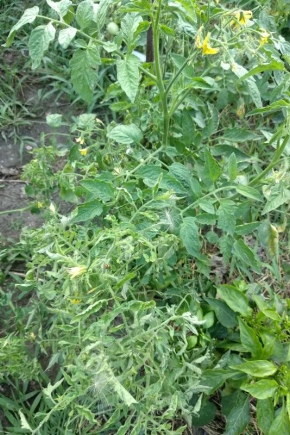
Curling of tomato leaves is usually observed with magnesium deficiency. However, the shape of the sheet plate can also change due to improper maintenance. Curly hair, like many other pathologies, is often the result of improper plant care.
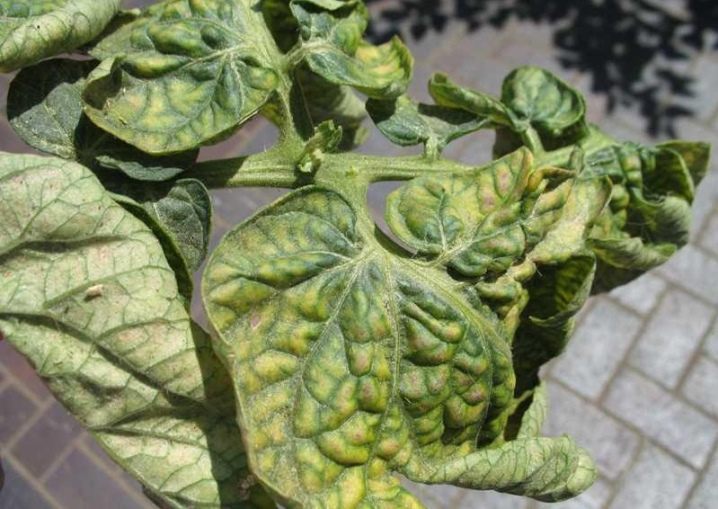
Poor care
Strong green leaves are an indicator that the tomato bushes are growing and developing fully. If the leaves begin to curl up and down, roll up into a snail or boat, then this is a reason to show concern and closely watch your seedlings. Conventionally, all causes of deformation and color changes can be divided into several groups - infectious diseases and the actions of insect pests. But most often, mistakes in care become the cause of plant disease.
If the leaves of the tomato bushes curl and turn yellow immediately after the pick, then most likely the roots were damaged during transplantation. Another likely reason is the use of poor quality soil. Many manufacturers of ready-made soil mixtures for seedlings sin by putting too much peat - such soil does not retain water, it flows into the pan, and the green parts of the plant do not receive moisture. But there are few trace elements in such substrates, while at the initial stage of life, seedlings need nitrogen, phosphorus and potassium.
The lack of minerals also causes the leaves of tomatoes to curl.

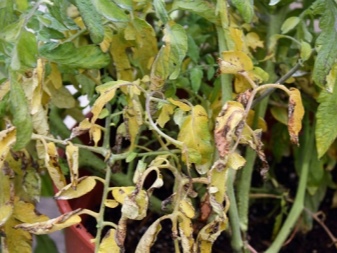
Tomato bushes are planted after the threat of recurrent frosts has completely passed. However, no one can guarantee that after planting seedlings in open ground, the temperature will be consistently high. If the temperature drops to 5-7 degrees, then the young, immature plant is under stress. Its first reaction to hypothermia is deformation and a change in the color of the leaves. In such a situation, tomatoes get sick for a very long time and may not come to their senses for a long time.
Mature bushes do not tolerate too high temperatures. These plants feel best at a temperature of 22-24 degrees. In the heat, when the thermometer goes over 30 degrees, tomatoes feel discomfort. Their leaves begin to curl up, the stems lose tissue turgor, hang lifelessly and shed the ovaries.
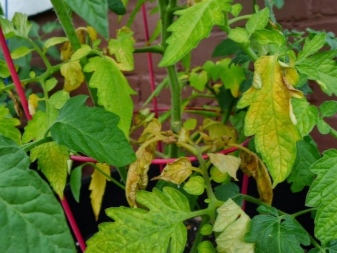
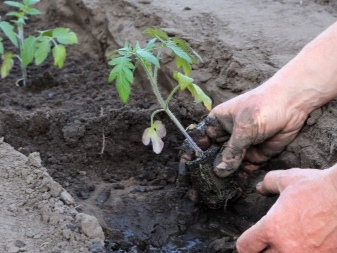
When caring for tomatoes, it is very important to maintain an irrigation balance. Both the lack of moisture and its excess can cause pathology. With a lack of water, the leaves curl inward - in this way the plant reduces the evaporation surface and thereby protects against drying out.
It is also dangerous to flood the plant, excessive moisture leads to diseases, stunted growth and deterioration in the taste characteristics of the fruit. In conditions of waterlogging, tomatoes begin to lift their leaves in the manner of a boat in order to ensure maximum evaporation. Therefore, any change in the shape of the green mass of tomatoes becomes a signal to revise the irrigation schedule for the beds.
Improper feeding often causes pathology of vegetable crops. For the entire growing season, tomatoes need 4-5 additional fertilizing, while the rates of application of mineral and organic substances are precisely dosed.
At the initial stages of growth, plants need nitrogen to build up green mass, in the second half of the growing season, the bushes throw all their strength into the formation and growth of fruits, during this period, preference is given to phosphorus-potassium compounds.
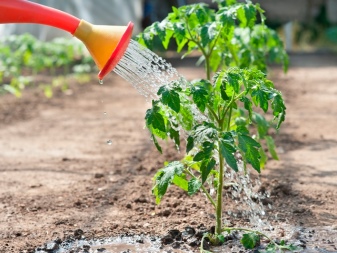
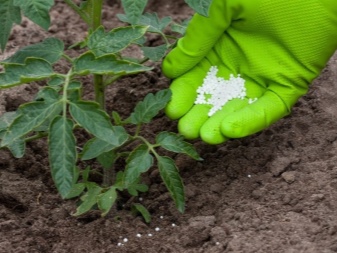
An excess of nitrogen-containing fertilizers in the soil causes the "fattening" of plants - an intensive build-up of the green mass with the simultaneous twisting of the leaves into a ring. Tomatoes begin to curl and give thickened shoots, this phenomenon is especially pronounced in low-growing varieties.
Coiling can also be observed with potassium deficiency. Curling of the leaves in this case is accompanied by the appearance of whitish spots on the skin of the fruit. Well, if the leaves are bent upside down, darkened sharply and acquired a pronounced bluish tint - therefore, tomatoes need phosphorus.
Lack of pinching can lead to twisting of the sheet plates. Then the tomato bushes are overgrown with a large number of side shoots. They lose their shape, the stems under the weight of the leaf mass begin to bend to the ground, and the leaves themselves are deformed.
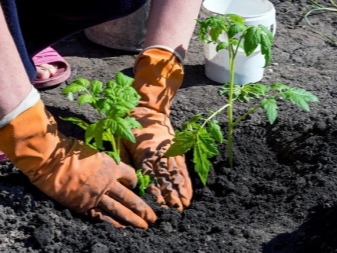
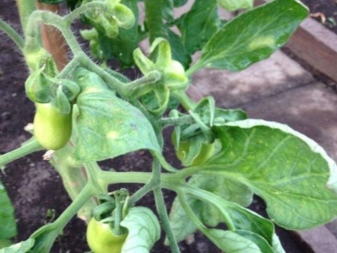
Diseases and pests
Tomato seedling leaves can become deformed and dry out due to fungal and viral infections.
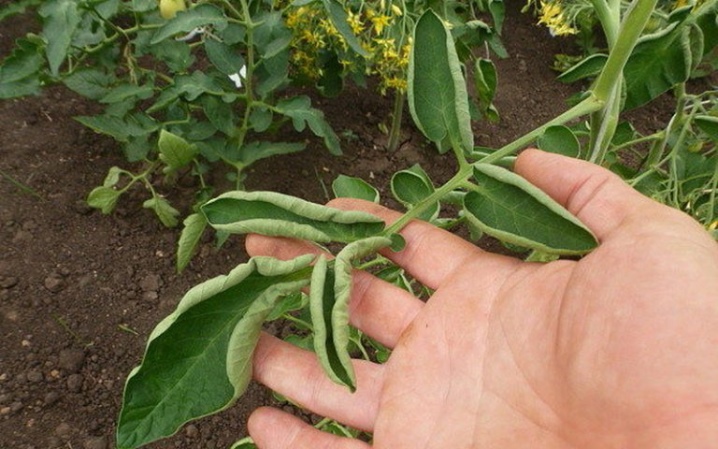
Bacterial cancer
This is a dangerous disease. The first symptom of pathology is wilting and slight curling of the upper lobes of the leaves; soon they begin to turn yellow and dry out. It is possible to understand that tomatoes are sick with bacterial cancer by necrotic spots on the stems and brown sores on the petioles and stalks.
Usually the disease starts from the lower tier and gradually rises to the top.
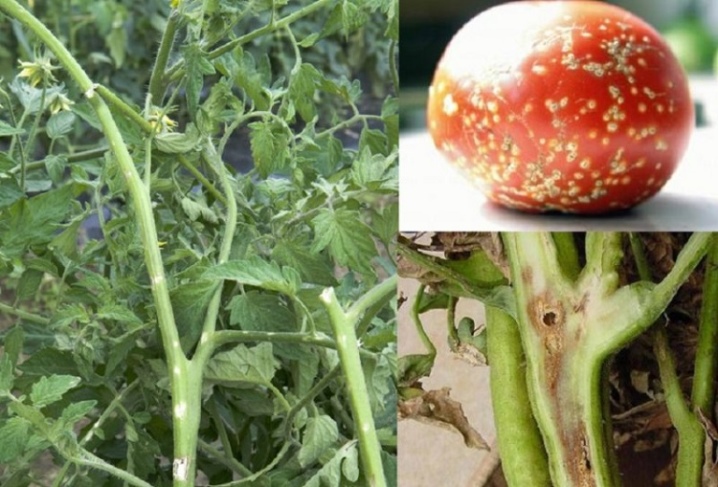
Stolbur (phytoplasmosis)
The infection is dangerous for the plant at any stage of the growing season; bugs and cicadas become its carriers. Immediately after infection, the leaves begin to rapidly lighten and deform, their edging acquires a pinkish or purple color and rises up. Stolbur quickly infects the entire plant, including the already formed fruits.
It is pointless to treat such a bush - it must be removed from the garden as soon as possible and burned.

Fusarium
The first symptom of the disease is vein discoloration. Soon the leaves begin to curl, turn pale and fall off, and the plant itself dries up and quickly dies.

Verticillosis
This infection does not lead to the death of the seedling, but the gardener is unlikely to wait for a rich harvest. The first signs of pathology are yellowing of the lower layer of the leaf mass, in parallel from above, chlorotic curl develops. This is due to the fact that the soil fungus clogs the vessels on the surface of the leaf plate and entails necrosis of green tissues.
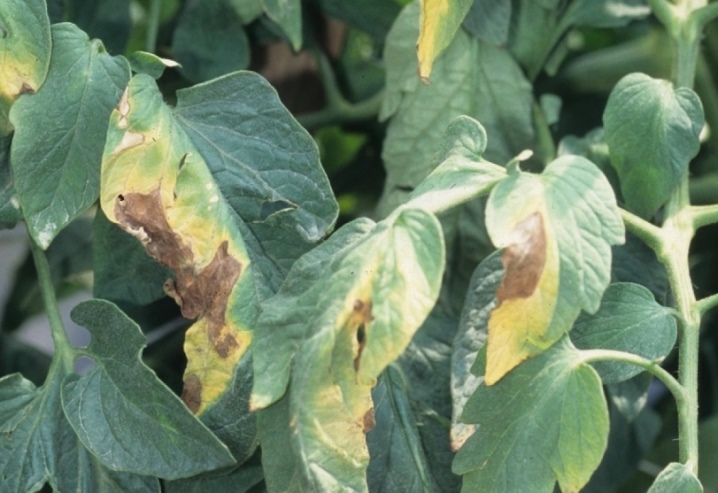
Tobacco mosaic virus
One of the most common tomato diseases, it is transmitted through garden pests and human hands. It causes deformation of the leaves, their wrinkling and discoloration - the leaves curl, taking a threadlike or fern-like shape.
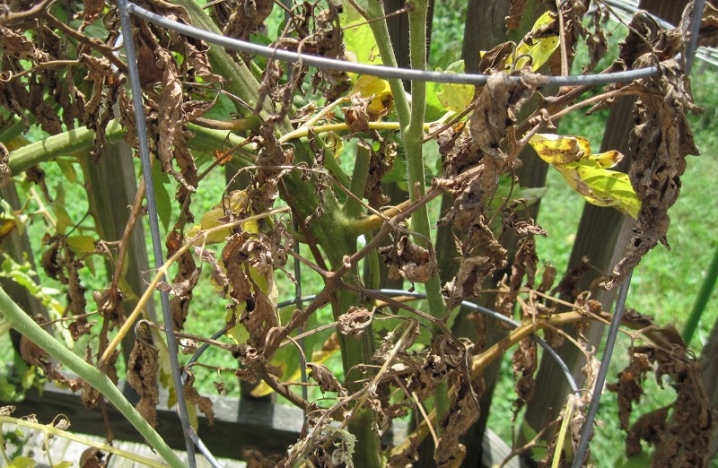
Bacteriosis
The presence of the disease can be indicated by curling of the leaves at the bottom of the stem and their yellowing. Wherein brownish stripes and aerial roots are discernible on the stems with the naked eye, and mucus begins to emerge at the site of the cut of the stem.
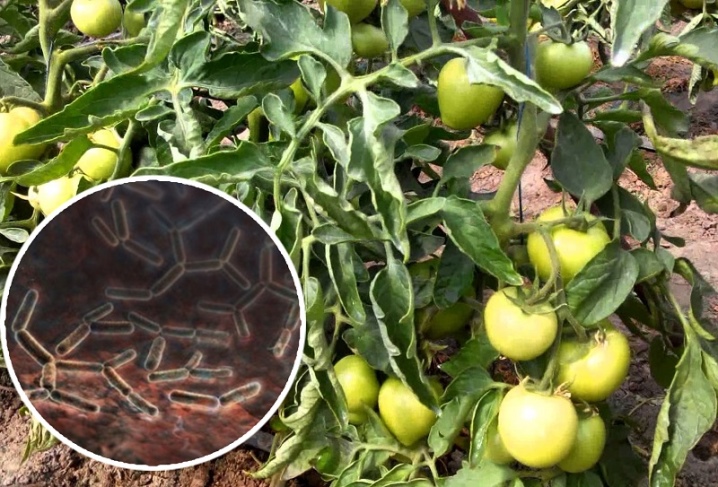
Fineness virus
With prolonged drought and hot weather, tomato leaves begin to curl into thin tubes. In this case, the fruits are set very slowly, while they do not gain weight, remaining small and wrinkled.

A lot of troubles for the owners of tomato beds are caused by pests. Aphids, spider mites and whiteflies are especially dangerous for tomatoes. These insects feed on the vital juices of the plant, as a result, the leaves change their shape, and then dry up and fall off.
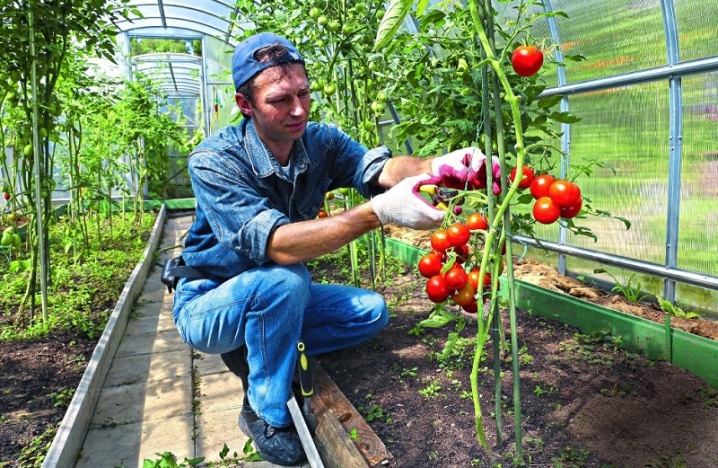
Methods to deal with the problem
Leaf curling in tomato bushes always indicates a problem that needs to be dealt with. To improve the condition of tomatoes, they are treated with special chemicals, fertilizing is done and agricultural techniques are changed.
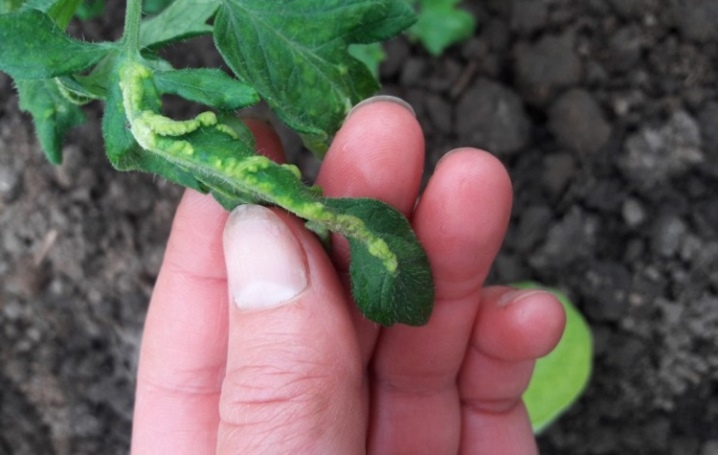
Irrigation mode
It is very important to adjust the seedling watering schedule. Young seedlings should be sprayed, grown seedlings are watered at the root as the earthen coma dries up. A couple of days before the pick and on the fifth day after it, the plant needs to be watered abundantly.
The rest of the time, you should adhere to the following rules:
- you need to water the tomato bushes 1-2 times a week; in dry weather, three times irrigation is allowed;
- about 10 liters of water should be poured under one adult bush;
- it is necessary to irrigate in such a way that water flows under the root and does not fall on the stems and leaves;
- when the fruits are formed and begin to ripen, the amount of watering is reduced;
- if the ground is too moist, then for a while you need to stop watering the garden;
- if the reason for excessive moisture is prolonged rains, cover the tomatoes with a film;
- to avoid problems with waterlogging of the soil, it is necessary to add sand or sawdust to the sowing hole during planting so that they absorb excess moisture;
- for irrigation, it is best to use melted snow, rain or settled tap water;
- mulch helps protect plant roots from drying out and overheating;
- if the plant withers from the heat, then one-time you can use potassium permanganate or urea - for this 2 tbsp. l. fertilizers are diluted in a bucket of water and the bushes are sprayed with a spray bottle;
- if the tomatoes grow in an open area, then it is advisable to create shading in the beds so that the plants are protected from the scorching rays of the sun.
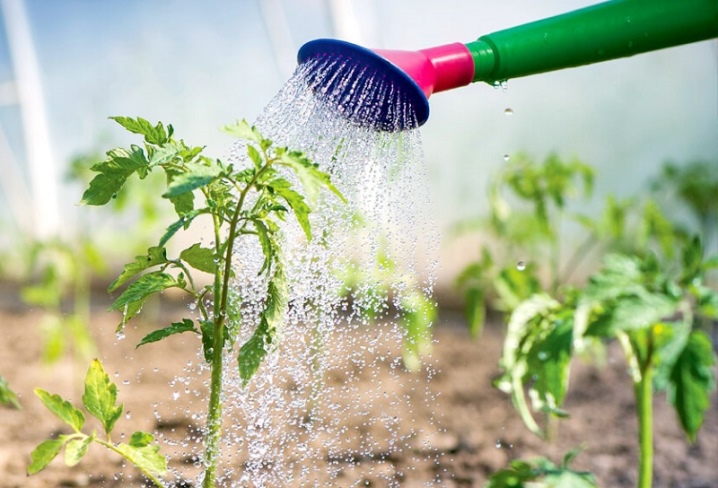
Top dressing
With an excess of nitrogen in the soil, tomatoes are no longer given bird droppings, mullein and other organic fertilizers. In this case, foliar dressing using potassium monophosphate or copper sulfate will be most effective. A good result is obtained by processing the leaves of seedlings with a decoction of wood ash.
If there is a lack of copper, molybdenum, boron, zinc and iron, the plant can be given special additives. The most popular fertilizer is "Kelkat", it contains all the trace elements necessary for the full development of tomato bushes.
The phosphorus deficiency is replenished with superphosphate; if there is a lack of potassium, the plant must be fed with potassium sulfate, humate or wood ash.
If the curling of the leaves is caused by an excessive concentration of mineral components in the soil, you should stop applying top dressing until the end of the growing season.
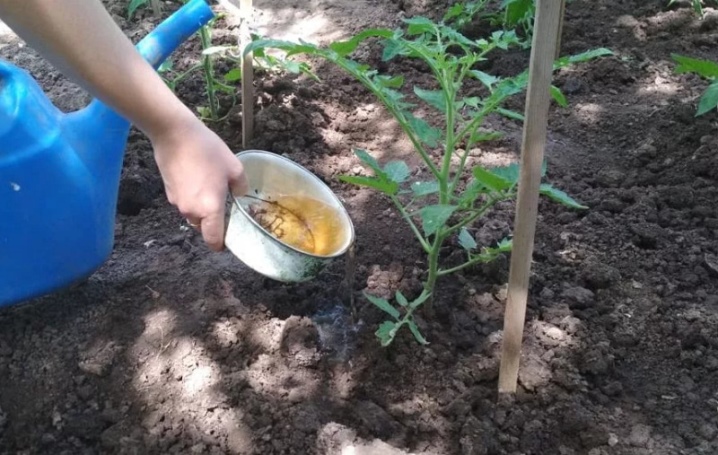
Treatment
Treatment of most fungal and bacterial diseases can be effective only at the initial stage of plant development. Viral pathologies are incurable.
- With bacterial cancer, it is necessary to remove all affected bushes from the garden, and healthy ones growing nearby should be sprayed with copper oxychloride.
- Tomatoes infected with fusarium also need to be disposed of. They are removed from the roots, and the soil is treated with antifungal drugs.
- When treating bushes from stolbur, the greatest effect is given by the "Fitoplasmin" solution.
- With bacterial wilting, the bushes are destroyed, there is no cure for them.
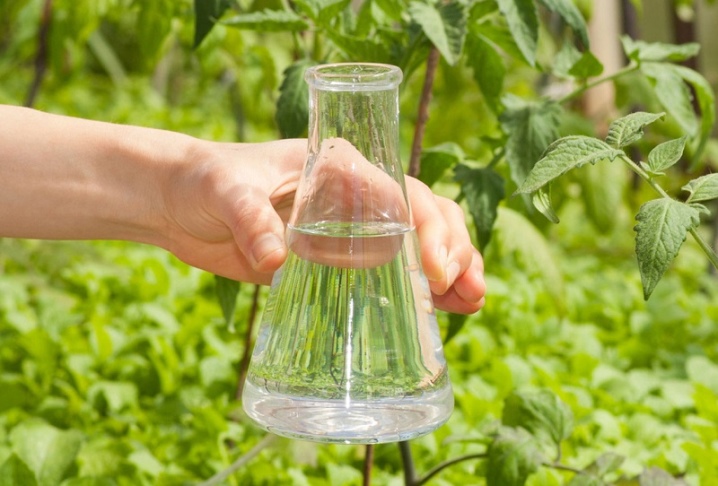
Prevention measures
To prevent the occurrence of problems leading to curling and yellowing of the leaves, it is necessary to follow the standard agricultural practices.
- It is important to ensure that the growing tomatoes do not overlap each other with free access to sunlight. To do this, a distance of 45-50 cm should be maintained between the bushes.
- A comfortable temperature range for tomatoes is 20-28 degrees, so you need to protect the bushes from a cold snap and from the scorching rays of the sun.
- Watering should be moderate, even on the hottest days you should not water your tomato beds more than 3 times a week. But the soil should not be allowed to dry out either.
- Top dressing is carried out only if necessary: if the plant stagnates in growth, does not build up green mass and does not give ovaries.
- Tomato disease prevention begins with seed treatment and continues throughout the growing season.
- Before sowing, the seed is kept in a solution of "Fitolysin" or potassium permanganate.
- On the site, the principle of alternating landings should be adhered to. When growing tomatoes in greenhouses on the same garden bed, the topsoil must be renewed every year.
- To protect the plantings from garden pests, it is recommended to spray the leaves with infusions of strong-smelling herbs, tobacco dust or wood ash.
- A good effect is given by the practice of mixed planting, when the beds with tomatoes alternate with beds of fragrant plants (marigolds, cilantro, chamomile or garlic).
- On the planting area, it is necessary to regularly remove weeds and loosen the ground, mulch with needles or tops.
- If an infection was found in the garden last season, insecticides should be treated in late autumn and early spring.
- Having found insects on tomato bushes, it is necessary to treat the plants with chemicals. To prevent the reappearance of pests, preventive spraying with infusions of dandelion, wormwood or yarrow should be carried out.
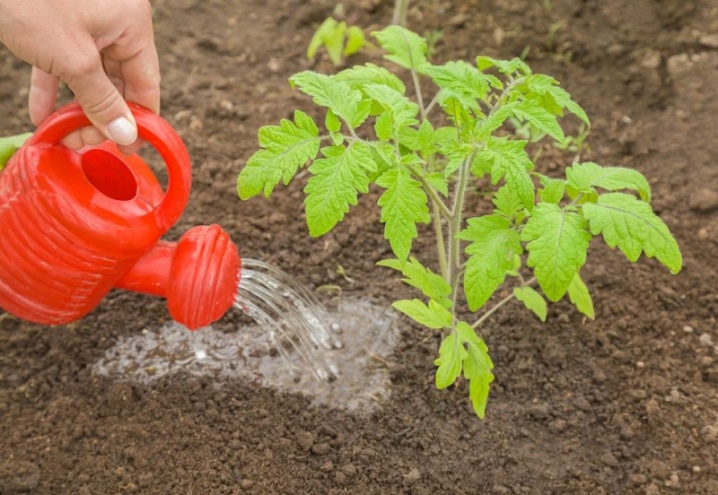
Curling of leaves in tomatoes can be associated with a variety of reasons. You do not need to immediately get rid of seedlings or resort to highly toxic chemistry - first you need to find out the cause of the pathology, and only then take the necessary measures (adjust the watering and feeding regime, treat plants from fungus or exterminate insect pests).
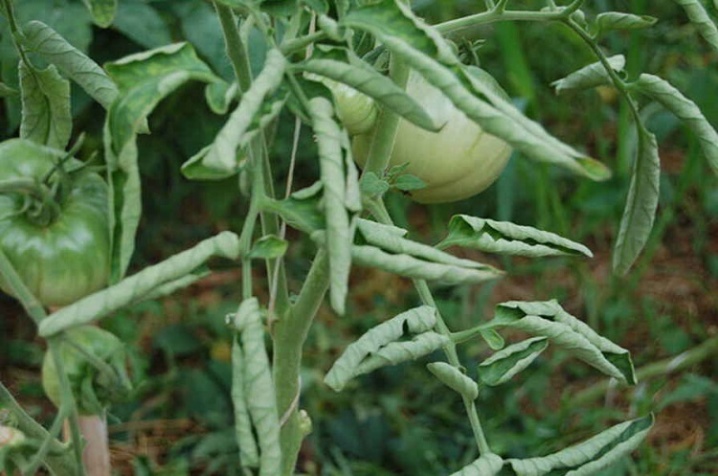
You can find out what to do if tomato leaves are curled from the video below.













The comment was sent successfully.